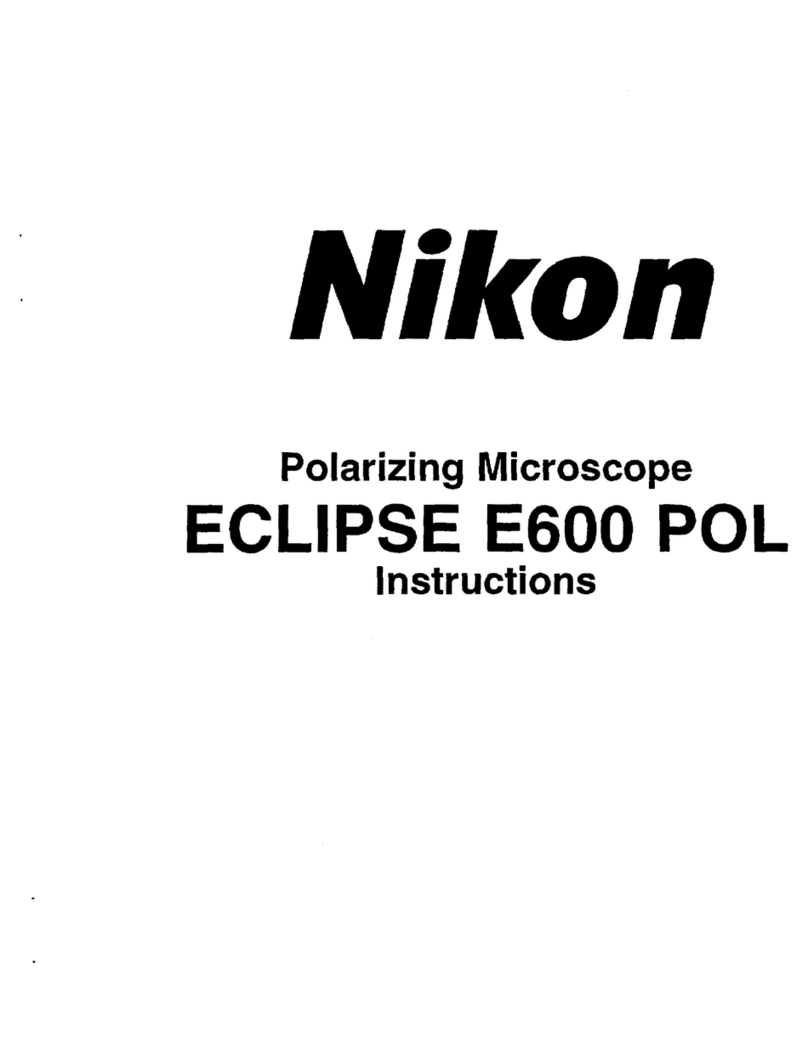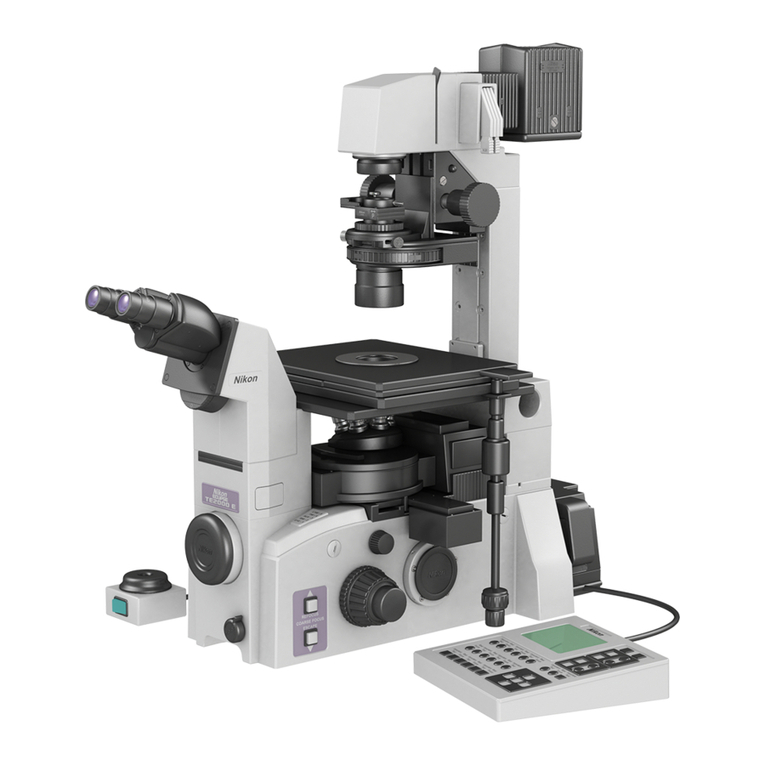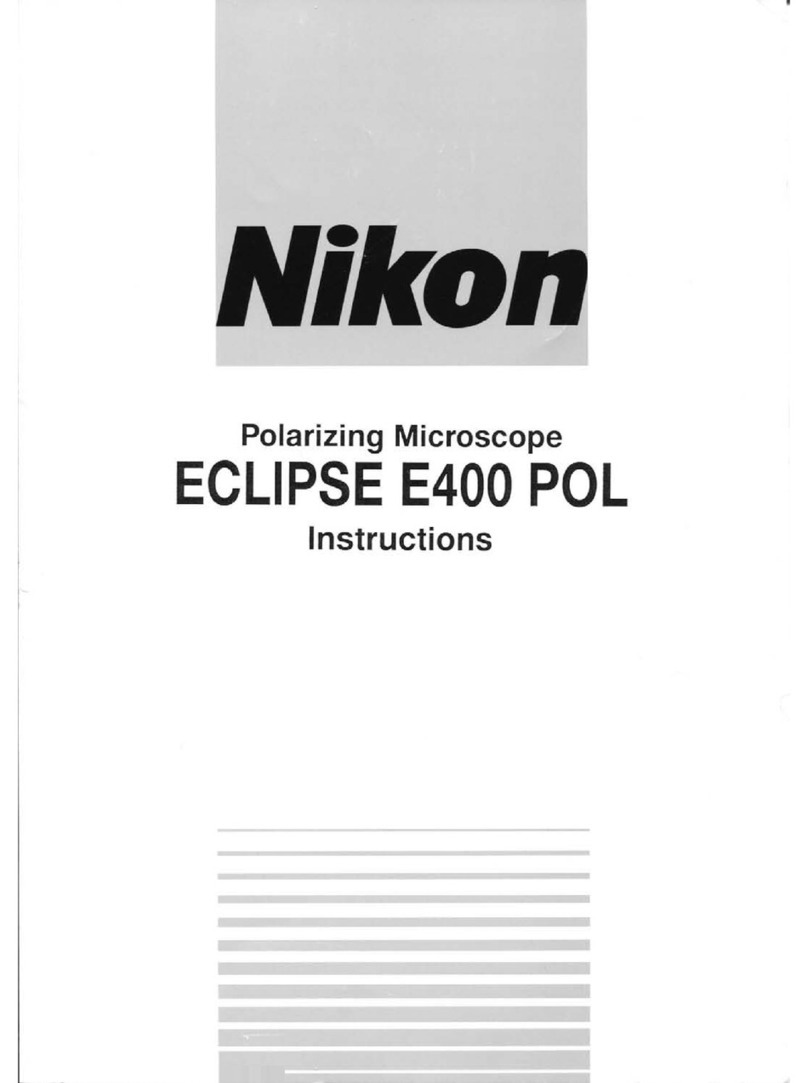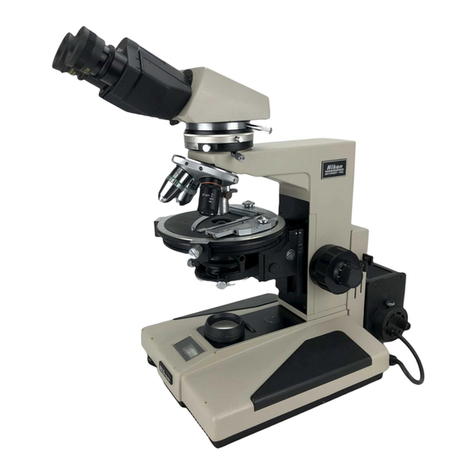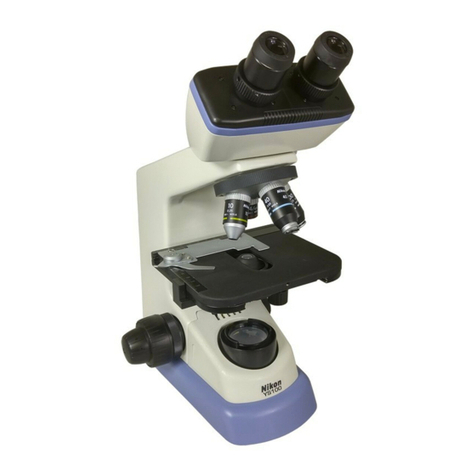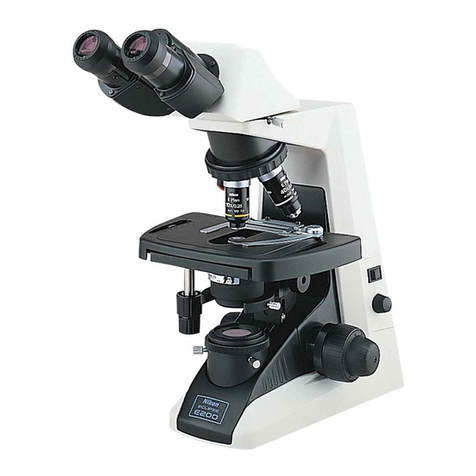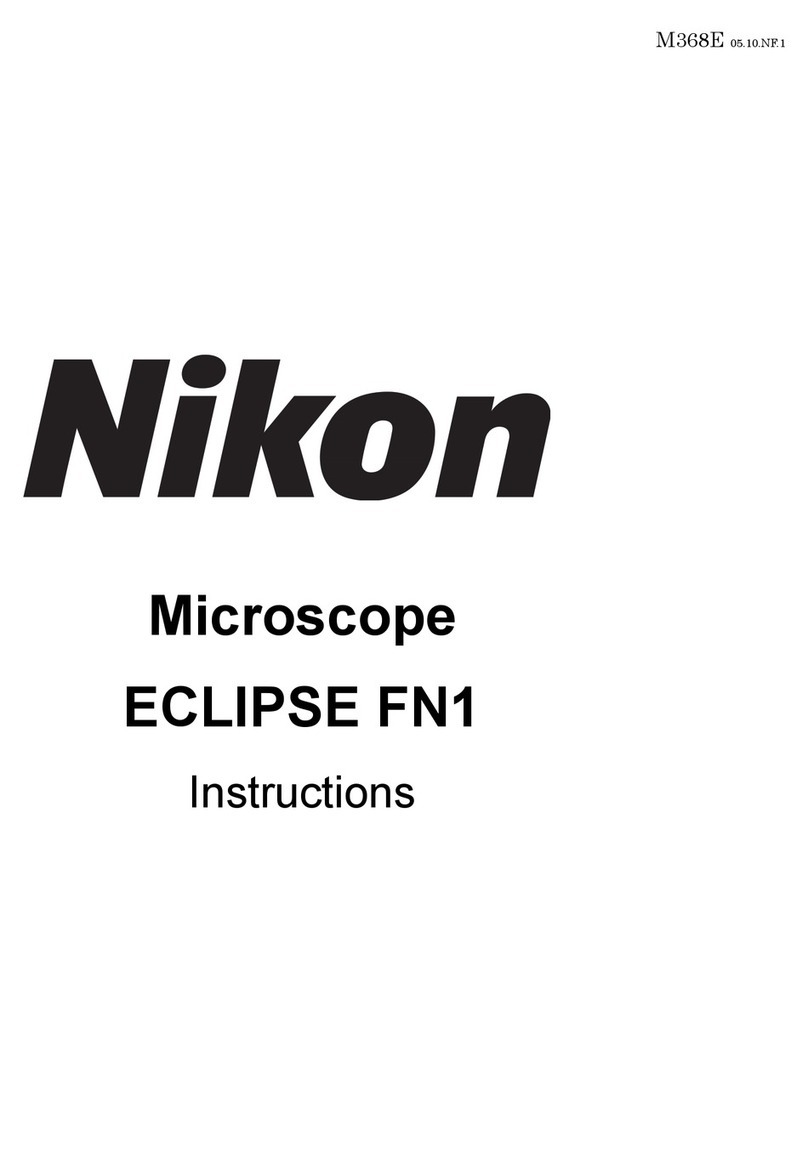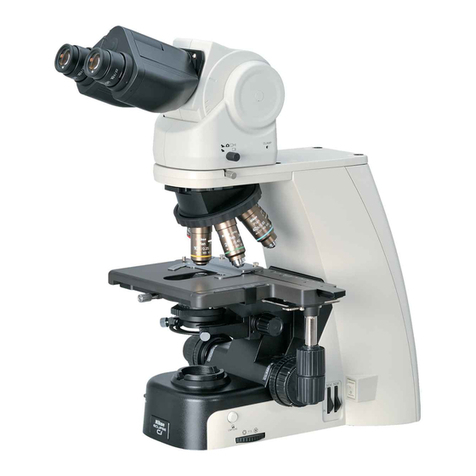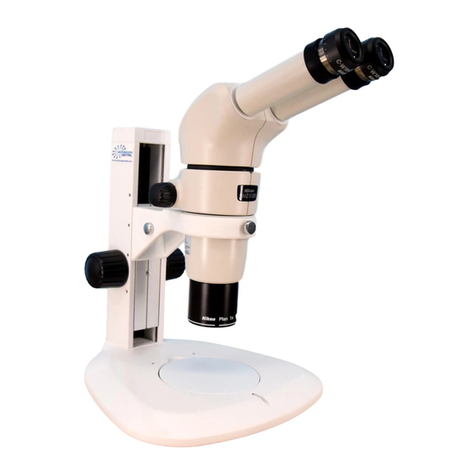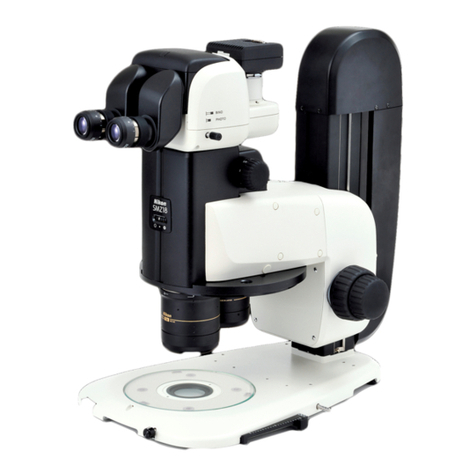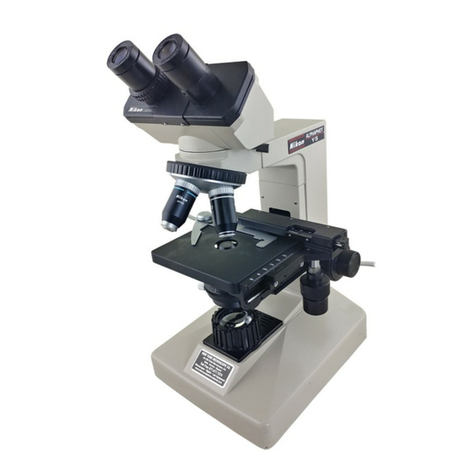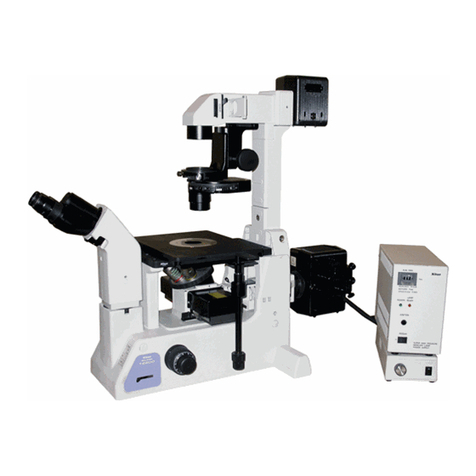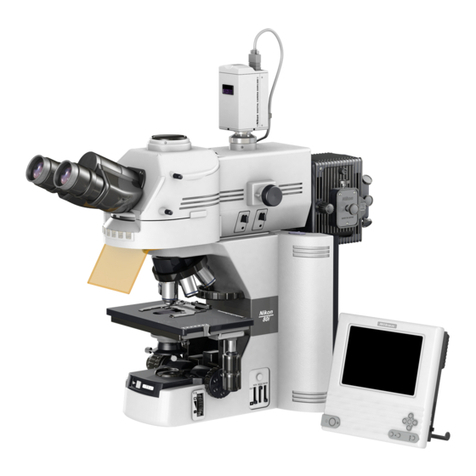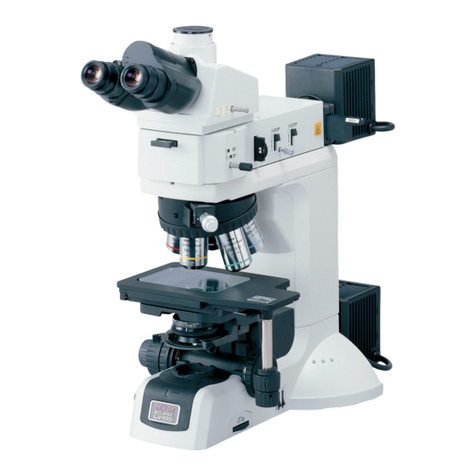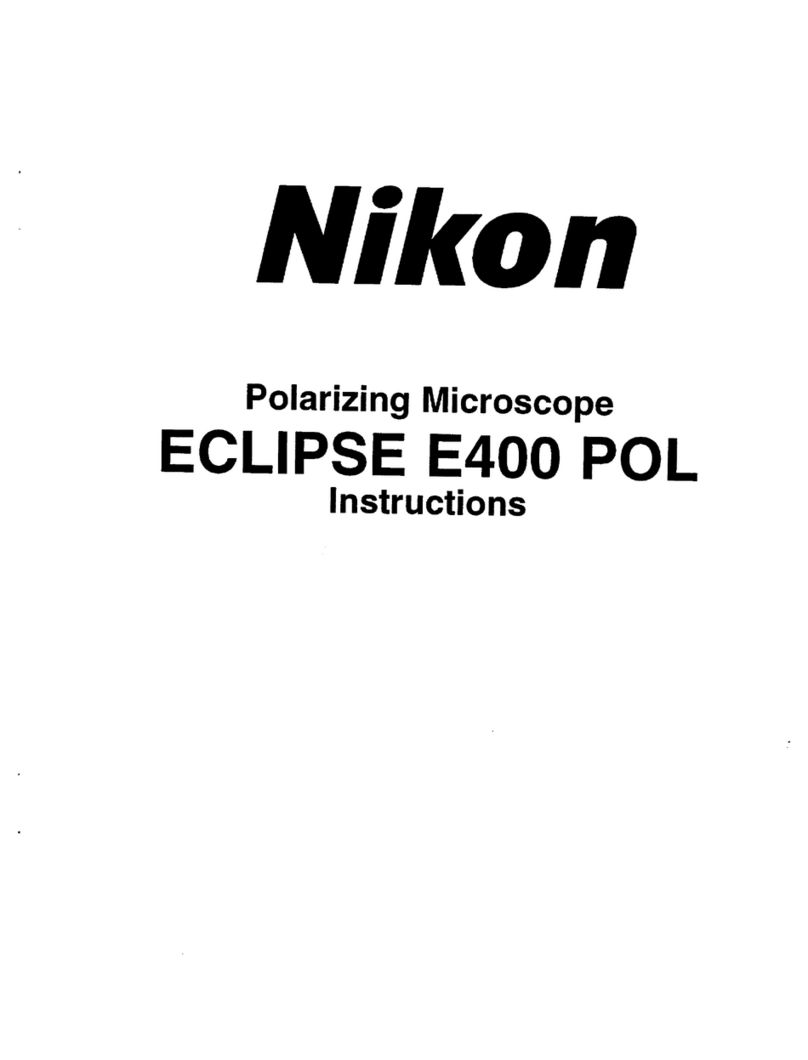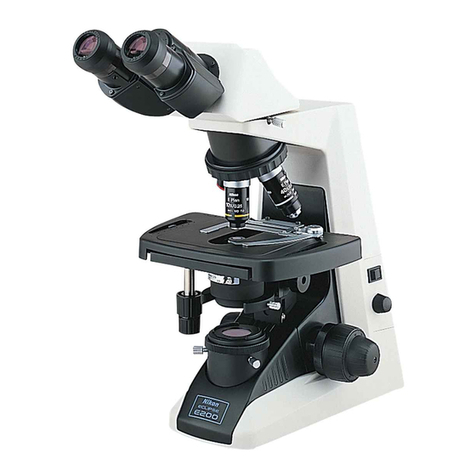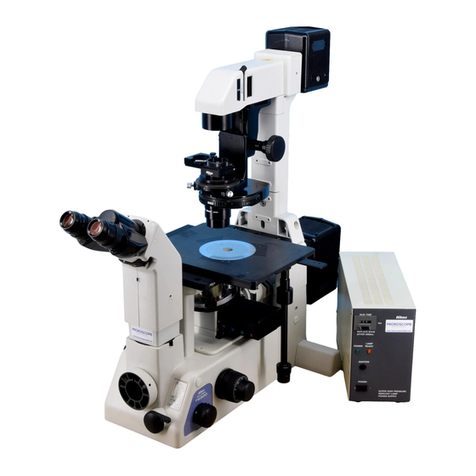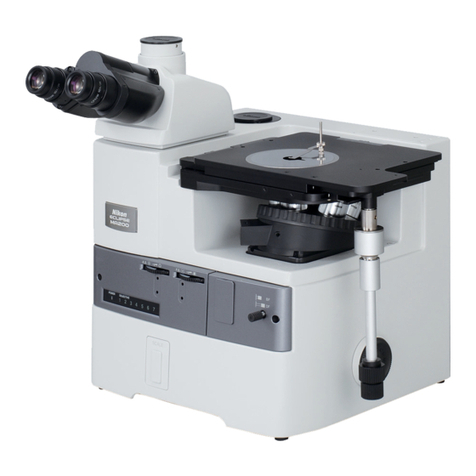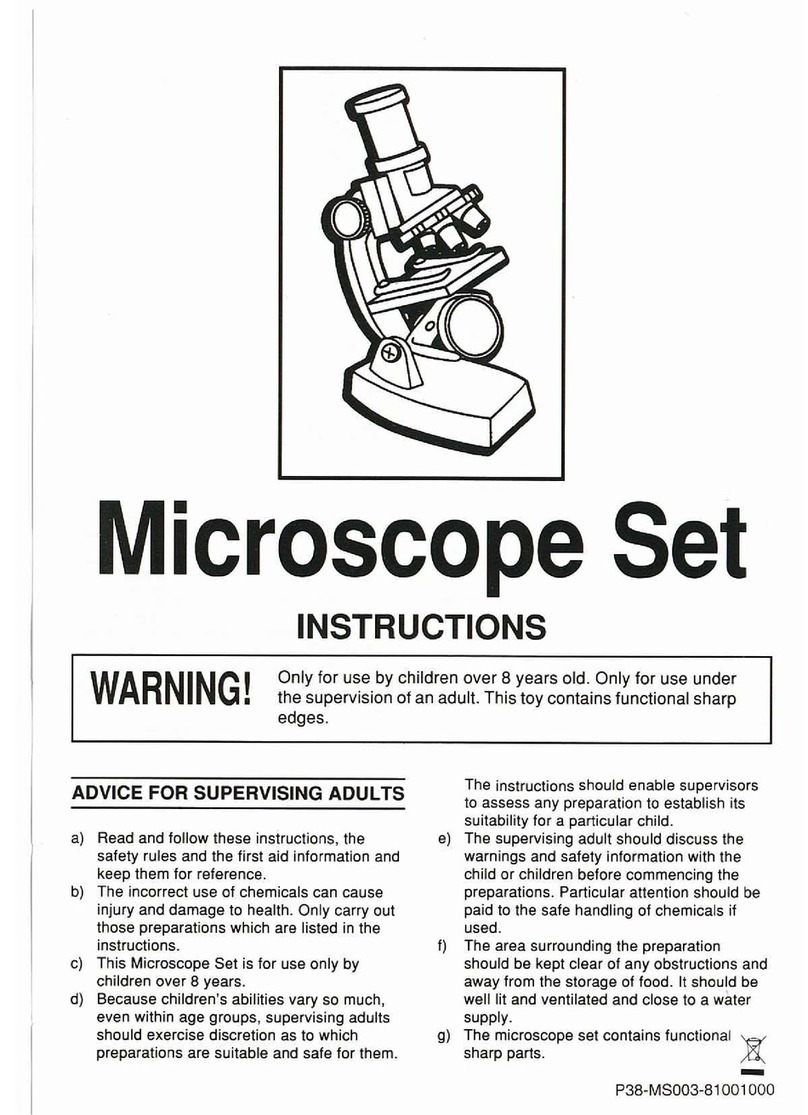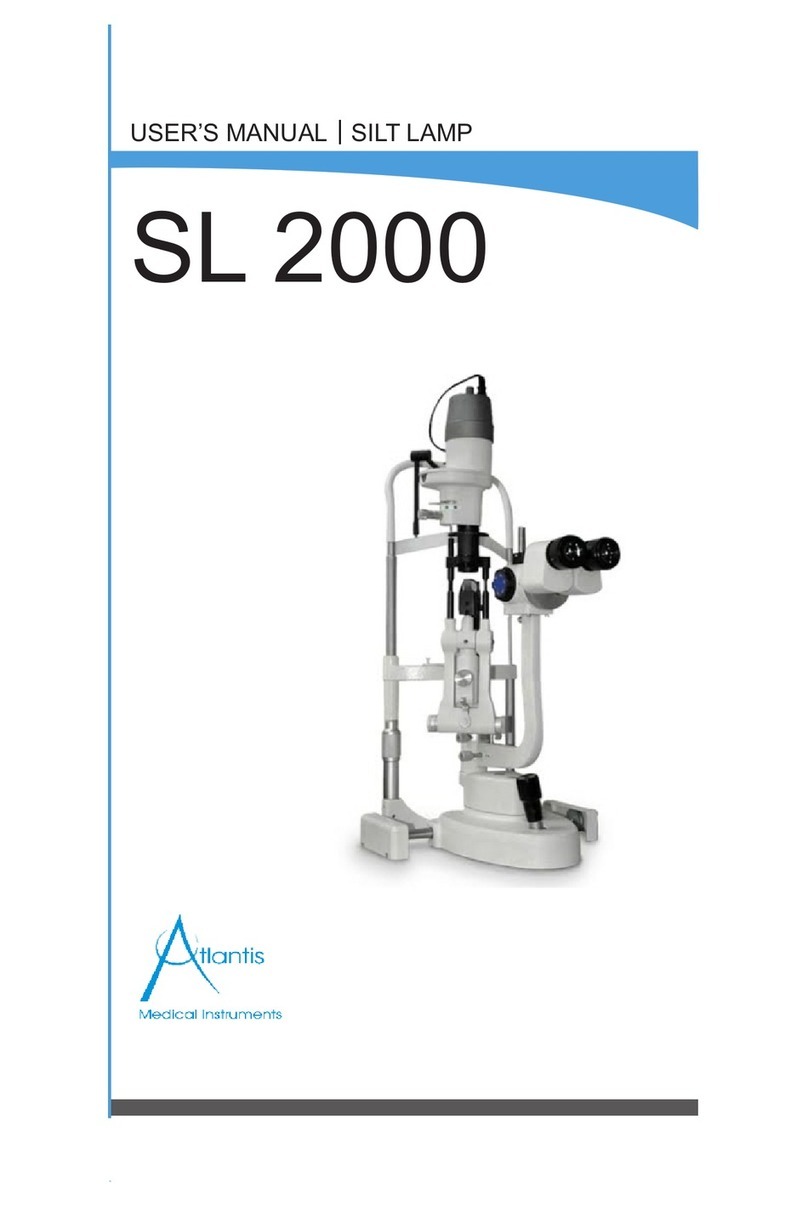
Contents
1
Contents
Safety Precautions ...................................................................................................................................3
Meaning of Symbols Used on the Product.....................................................................................3
WARNING and CAUTION Symbols...............................................................................................3
WARNING................................................................................................................................4
CAUTION .................................................................................................................................6
Sicherheitsvorkehrungen..........................................................................................................................7
Consignes de sécurité............................................................................................................................12
Precauciones de seguridad....................................................................................................................17
Precauzioni per la sicurezza ..................................................................................................................22
Veiligheidsvoorschriften..........................................................................................................................27
Sikkerhedsforanstaltninger.....................................................................................................................32
Precauções de segurança ......................................................................................................................37
Turvatoimet.............................................................................................................................................42
Προφυλάξεις ασφαλείας.........................................................................................................................46
Notes on Handling the Product ..............................................................................................................51
Chapter 1 Nomenclature of Each Part .......................................................................................................54
Chapter 2 Microscopy Techniques ............................................................................................................56
2.1 Bright-field Microscopy.................................................................................................................57
2.2 Phase Contrast Microscopy .........................................................................................................64
2.3 Simple Polarizing Microscopy ......................................................................................................68
2.4 Diascopic Fluorescence Microscopy............................................................................................72
2.5 Dark-field Microscopy...................................................................................................................76
Chapter 3 Detailed Explanation..................................................................................................................79
3.1 Turning the Power On and Off .....................................................................................................79
3.1.1 Turn On/Off the Power to the Microscope ......................................................................79
3.1.2 ECO Mode and SLEEP Mode ........................................................................................79
3.2 Operating Diascopic Illumination..................................................................................................80
3.2.1 Turning Diascopic Illumination On and Off and Adjusting the Brightness ......................80
3.2.2 Using Light Intensity Management .................................................................................80
3.3 Operating the Stage Specimen Holder ........................................................................................81
3.3.1 Placing a Specimen Using the Specimen Holder ...........................................................81
3.3.2 Operating the Stage........................................................................................................81
3.4 Operating the Nosepiece and Objectives ....................................................................................82
3.4.1 Switching Objectives.......................................................................................................82
3.4.2 Oil-Immersion Observation .............................................................................................82
3.4.3 Performing Water-Immersion Microscopy ......................................................................83
3.5 Focusing Operations ....................................................................................................................84
3.5.1 Focusing on a Specimen ................................................................................................84
3.5.2 Torque Adjustment of the Coarse Focus Knob ...............................................................85
3.5.3 Replacing a Specimen Using the Stage Vertical Movement Stopper.............................86
3.6 Operating the Binoculars..............................................................................................................87
3.6.1 Adjustment of Diopter .....................................................................................................87
3.6.2 Adjusting Interpupillary Distance ....................................................................................88
3.7 Operating the Condenser.............................................................................................................89
3.7.1 Focusing the Condenser.................................................................................................89
3.7.2 Centering the Condenser................................................................................................89
3.8 Adjustment of Aperture Diaphragm..............................................................................................90
3.9 Adjustment of field diaphragm......................................................................................................91
